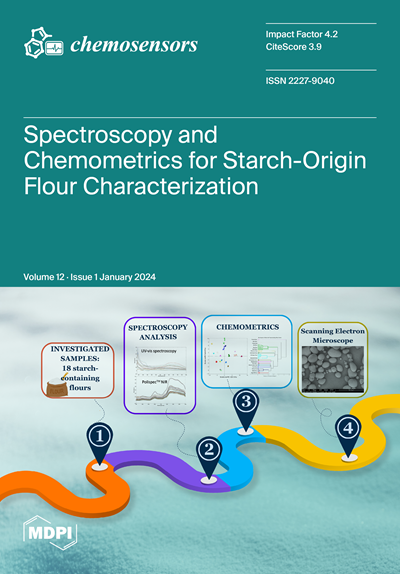Spectroscopy, a Tool for the Non-Destructive Sensory Analysis of Plant-Based Foods and Beverages: A Comprehensive Review
IF 3.7
3区 工程技术
Q2 CHEMISTRY, ANALYTICAL
引用次数: 0
Abstract
In recent years, there has been a significant rise in the popularity of plant-based products due to various reasons, such as ethical concerns, environmental sustainability, and health benefits. Sensory analysis is a powerful tool for evaluating the human appreciation of food and drink products. To link the sensory evaluation to the chemical and textural compositions, further quantitative analyses are required. Unfortunately, due to the destructive nature of sensory analysis techniques, quantitative evaluation can only be performed on samples that are different from those ingested. The quantitative knowledge of the analytical parameters of the exact sample ingested would be far more informative. Coupling non-destructive techniques, such as near-infrared (NIR) and hyperspectral imaging (HSI) spectroscopy, to sensory evaluation presents several advantages. The intact sample can be analyzed before ingestion, providing in a short amount of time matrices of quantitative data of several parameters at once. In this review, NIR and imaging-based techniques coupled with chemometrics based on artificial intelligence and machine learning for sensory evaluation are documented. To date, no review article covering the application of these non-destructive techniques to sensory analysis following a reproducible protocol has been published. This paper provides an objective and comprehensive overview of the current applications of spectroscopic and sensory analyses based on the state-of-the-art literature from 2000 to 2023.光谱学是对植物性食品和饮料进行非破坏性感官分析的工具:全面回顾
近年来,由于道德关切、环境可持续性和健康益处等各种原因,植物基产品的受欢迎程度大幅上升。感官分析是评估人类对食品和饮料产品鉴赏力的有力工具。为了将感官评估与化学和质地成分联系起来,需要进一步进行定量分析。遗憾的是,由于感官分析技术的破坏性,定量评估只能在不同于摄入的样品上进行。对所摄入的确切样品的分析参数进行定量了解,信息量要大得多。将近红外(NIR)和高光谱成像(HSI)光谱等非破坏性技术与感官评估结合起来有几个优点。完整样品可在食用前进行分析,在短时间内同时提供多个参数的定量数据矩阵。本综述介绍了基于近红外和成像的技术,以及基于人工智能和机器学习的化学计量学在感官评估中的应用。迄今为止,还没有发表过一篇综述文章,介绍如何将这些非破坏性技术应用于按照可重复协议进行的感官分析。本文根据 2000 年至 2023 年的最新文献,客观、全面地概述了光谱和感官分析的当前应用。
本文章由计算机程序翻译,如有差异,请以英文原文为准。
求助全文
约1分钟内获得全文
求助全文
来源期刊

Chemosensors
Chemistry-Analytical Chemistry
CiteScore
5.00
自引率
9.50%
发文量
450
审稿时长
11 weeks
期刊介绍:
Chemosensors (ISSN 2227-9040; CODEN: CHEMO9) is an international, scientific, open access journal on the science and technology of chemical sensors published quarterly online by MDPI.The journal is indexed in Scopus, SCIE (Web of Science), CAPlus / SciFinder, Inspec, Engineering Village and other databases.
 求助内容:
求助内容: 应助结果提醒方式:
应助结果提醒方式:


